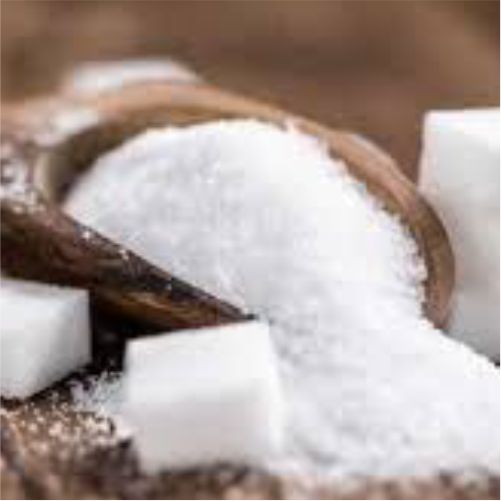The sugar industry is once again advocating for the export of sugar as a pivotal meeting of the Sugar Advisory Board is scheduled for tomorrow (Tuesday), during which the potential export of 250,000 metric tonnes (MT) of sugar is expected to be deliberated, reported The Nation.
As per media report, in the upcoming Sugar Advisory Board meeting on November 21, sugar mill owners are likely to press for the export of 250,000 metric tonnes of sugar. The meeting, chaired by Caretaker Federal Minister for Industry and Production Gohar Ijaz, will address various key agenda items, including the current stock position of sugar, estimates of sugarcane and sugar for the crushing year 2023-24, the crushing date of sugarcane for the same period, and the Minimum Indicative Price (MIP) of sugarcane. Additionally, the Ministry of National Food Security is expected to present recommendations for the minimum support price of sugarcane during the meeting.
Last week, the Pakistan Sugar Mills Association Punjab Zone, in a letter to the Federal Minister for Commerce/Industries and Production Gohar Ijaz, sought permission for the export of surplus sugar. The letter highlighted that, as per the latest data from the Federal Board of Revenue, sugar mills still have 1.13 million metric tonnes of sugar stocks available as of October 31, 2023. This surplus is anticipated to last for more than two months, considering the average off-take of the last eleven months.
The letter pointed out that the new crushing season for 2023-24, coupled with the existing stock position, is deemed economically unviable for the industry due to several challenges. These challenges include the occupied storage capacity of many sugar mills due to existing stocks, non-clearance of previous liabilities with high-interest rates, and a cash flow crunch aggravated by banks reducing credit lines for growers’ payments.
Sugar prices are already below the higher cost of production, attributed to continuous increases in major cost components such as sugarcane prices, interest rates, and imported chemicals.











